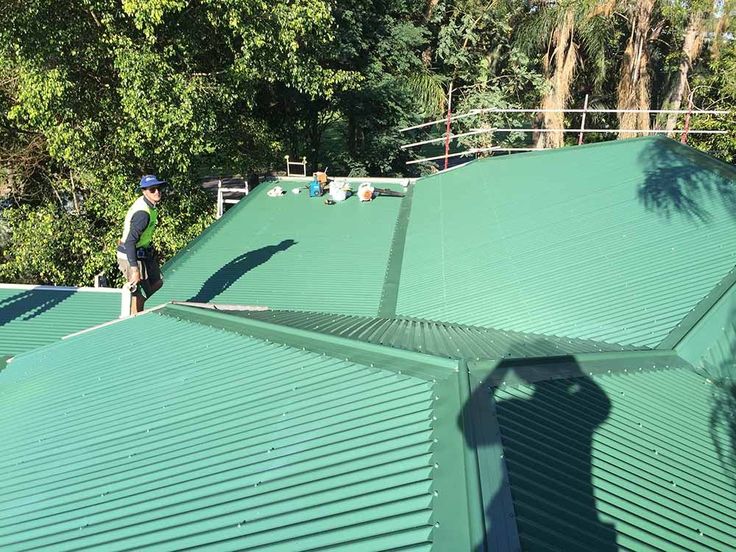Asbestos has long been recognized as a hazardous material, and many homes built before the 1990s may contain asbestos roofing asbestos roof removal brisbane. If you suspect that your roof may contain asbestos, it’s crucial to act promptly and ensure safe removal by a licensed professional. Here’s what to expect during the asbestos roof removal process in Brisbane.

1. Initial Inspection and Assessment
Before any removal can take place, a qualified asbestos professional will conduct a thorough inspection of your property. This includes:
- Visual Assessment: The contractor will visually inspect the roof and surrounding areas for any signs of asbestos-containing materials (ACMs).
- Sampling: If asbestos is suspected, samples may be taken and sent to a laboratory for analysis. This step is crucial to confirm the presence and type of asbestos.
2. Quotation and Planning
Once the assessment is complete, you will receive a detailed quotation for the removal process. This will include:
- Scope of Work: A breakdown of the areas to be treated and the materials to be removed.
- Cost Estimate: An estimate of the total costs involved, including labor and disposal fees.
- Timeline: An expected timeline for the project, which can vary depending on the complexity of the job.
3. Safety Precautions
Safety is paramount during the asbestos removal process. The contractor will implement strict safety protocols, including:
- Containment Area: Establishing a containment area around the worksite to prevent asbestos fibers from spreading.
- Personal Protective Equipment (PPE): All workers will wear appropriate PPE, including respirators, gloves, and protective suits.
4. Asbestos Roof Removal
The actual removal process typically involves the following steps:
- Preparation: The site will be prepared by covering nearby plants and ensuring that all tools and equipment are ready.
- Dismantling: The asbestos roofing material will be carefully dismantled and removed in accordance with local regulations. This is done methodically to minimize the release of fibers.
- Bagging and Sealing: All asbestos materials will be double-bagged in approved disposal bags and sealed to prevent any leakage.
5. Cleaning and Decontamination
After the roof has been removed, a thorough cleaning of the work area will take place:
- Vacuuming: Specialized HEPA vacuums will be used to remove any dust and debris that may contain asbestos fibers.
- Visual Inspection: A final inspection will be conducted to ensure that no asbestos materials remain.
6. Safe Disposal
Once the asbestos has been removed, it must be disposed of properly:
- Licensed Disposal: The removed materials will be transported to a licensed waste facility that is authorized to handle asbestos.
- Documentation: You will receive documentation confirming the safe disposal of the asbestos materials.
7. Restoration and Replacement
After the asbestos roof has been safely removed, you can begin planning for a replacement roof. Options may include:
- Metal Roofing: Durable and low-maintenance, metal roofs are a popular choice.
- Tiles: For a traditional look, roof tiles can provide excellent insulation and durability.
- Asphalt Shingles: A cost-effective option with a wide variety of styles.
Conclusion
Removing an asbestos roof can be a daunting task, but understanding the process can help alleviate concerns. By hiring a licensed professional in Brisbane, you can ensure that the removal is conducted safely and efficiently. Remember, the key to a successful asbestos roof removal is preparation, adherence to safety protocols, and proper disposal. If you suspect your home may contain asbestos, don’t hesitate to seek professional advice. Your health and safety should always come first!
4o mini